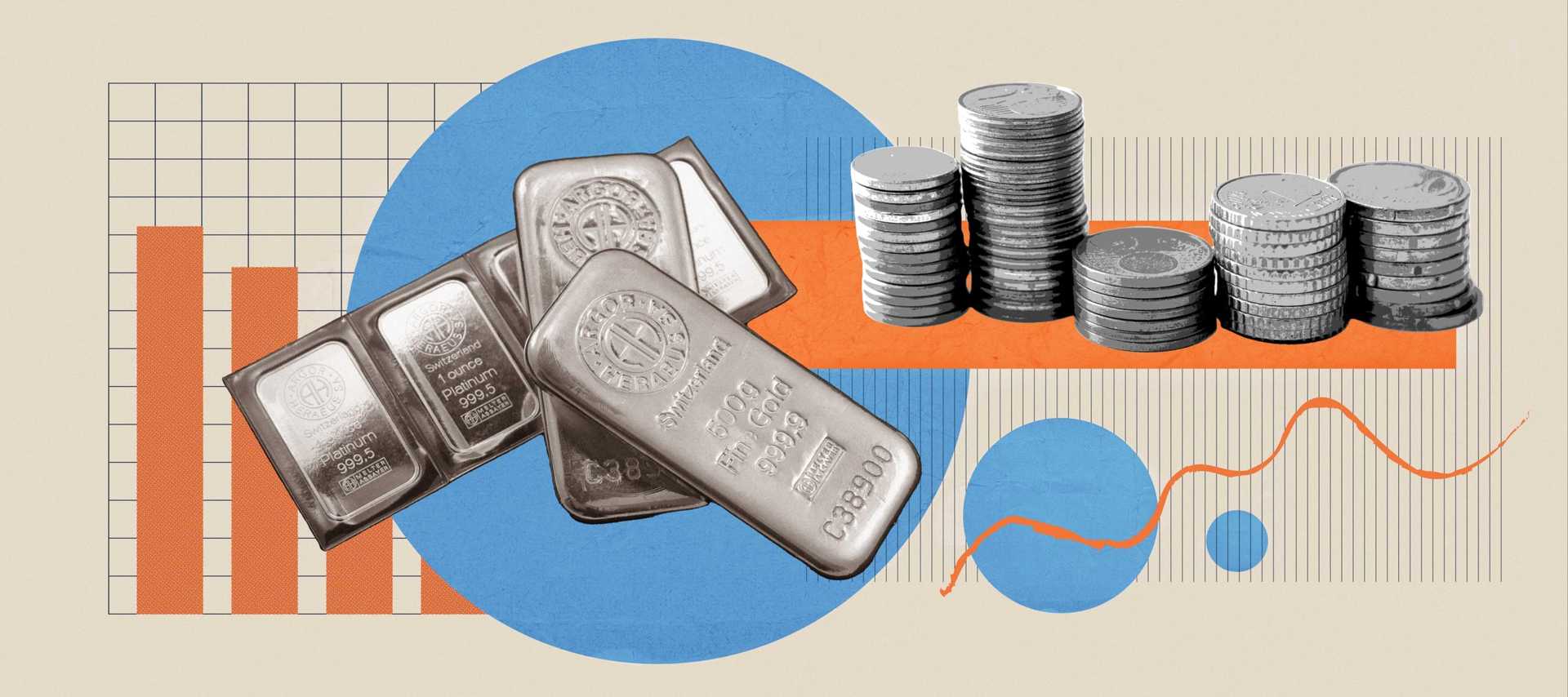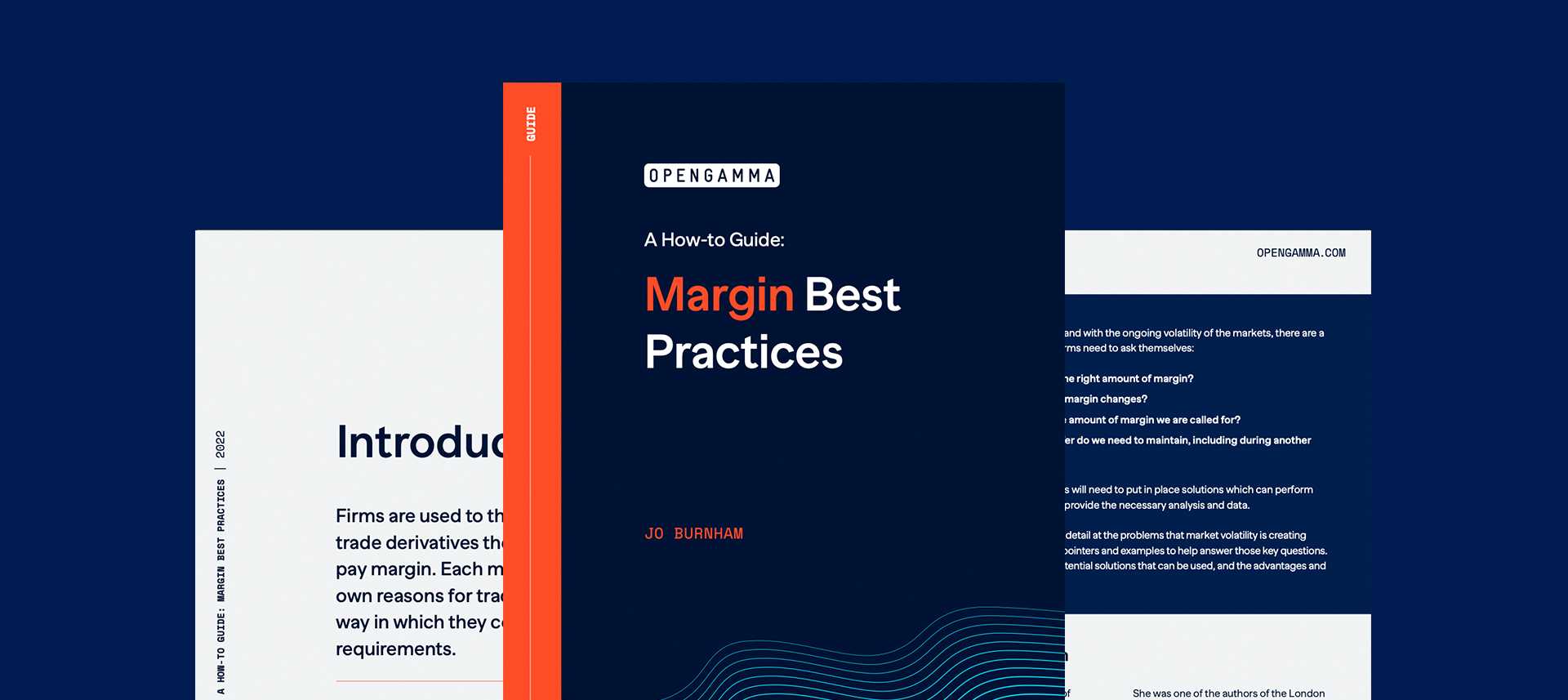The Differences Between LME and Other Exchanges
Recent events in Ukraine and its impact on the metals market has brought the exchange trading of metals derivatives into focus. Events surrounding the suspension of trading Nickel on the LME have even made national news bulletins.
This has highlighted the differences between the LME and other exchanges, in particular the way that products are traded and the impact this can have on margin. The majority of LME products are actually much closer to OTC products than the standard futures and options traded on other markets.
Differences between the LME and other exchanges can cause a number of issues:
- LME contracts can be traded bilaterally and then brought on exchange, and the way that this is managed can differ by broker. This particularly impacts initial margin, with margin being calculated independently on the bilateral trades until they are brought to the exchange, something that can lead to excessive margin requirements.
- Unlike other markets, the variation margin is not realised daily and positions cannot be closed out. This means that the cash flows do not fit the normal pattern of other markets and can make it harder for brokers to support clients wishing to trade these products.
- The LME Prompt Date structure can be difficult to understand, particularly for those used to monthly expiries. The way in which prices are quoted, for example the use of concepts such as the three month prompt date, can also cause confusion for those not used to the market.
- The main LME contracts are multi-currency, allowing trading in USD, GBP, EUR and JPY. This feature impacts the way in which the SPAN initial margin is calculated, including an intercurrency feature that not all implementations can support.
LME are aware that these differences can make it difficult to attract new customers to their market and have therefore put in place a number of initiatives to try and reduce the barriers to trading.
History of the London Metal Market and Exchange
Exchange trading of metals has been around for a long time. The London Metal Market and Exchange Company was founded in 1877, taking its lead from the trading that had been conducted since the 16th Century in the London coffee houses.
The LME ring originates from this earlier period, with traders drawing a ring in chalk on the floor to define the trading area. And the reason that many commodities are traded for delivery in 3 months time is because this was the time that copper cargoes in 1877 took to get from the ports in Chile.
The first products to be traded were Copper, Lead and Zinc, but over time more metals have been added, including Aluminium in 1978.
In 1986 clearing was introduced to the LME markets. This was on the back of the collapse of the International Tin Council, a price-stabilisation body. Trading in Tin was stopped because the council had run out of money in October 1985. Clearing was originally provided by LCH, but in 2014 LME launched LME Clear to bring this service in-house.
Trading of Copper on CME didn’t begin until 1988. However, other than the really early commodity contracts such as Wheat and Corn, this is still one of the oldest CME products.
Over the years very little has changed for these products. Both were early adopters of the SPAN methodology for initial margin calculation, and whilst CME Copper is a standard future, the LME metals have always been traded as forwards, with profits and losses only paid on expiry.
But all this is about to change.
Variation Margin
The way that Variation Margin is calculated and paid for CME Copper futures is easy to understand as it matches the method used for other markets whereby profits and losses are realised daily.
LME forwards, on the other hand, are subject to Discount Contingent Variation Margin. The potential profit or loss of the contract is calculated based on the difference between the current price and the original trade price. This is then discounted to current value using the prevailing interest rate for the contract expiry.
The LME has long realised that this is difficult for traders of other markets to understand and has made it hard for the exchange to attract non-metal specialists. It also makes it difficult to port client positions to an alternative clearer if a default occurs. That’s why they have decided to make the move to Cash Variation Margin. All the new contracts they have listed recently have been standard futures (for example their suite of Steel contracts) with Realised Variation Margin, but they now need to convert the existing Forwards.
However, this isn’t quite as easy as it sounds. Forward contracts mean that the cash flows should only happen on expiry of the contract. This is a similar problem to that encountered when CCPs first cleared OTC products. The members wanted Realised Variation Margin but again the contract specifications of, for example, swaps do not allow for daily cash flows. Adding them without an adjustment would impact the pricing.
This is why the concept of Cash Contingent Variation Margin was introduced. The amount paid daily is the change in NPV of the portfolio. But a Price Alignment Adjustment (PAI) is required – interest is charged on cash that is received before it should be and conversely interest is paid on cash that has had to be paid before time.
The LME realise that, although the use of Cash Variation Margin will bring them into line with other markets, this will be a complex move for their participants. Therefore they are taking this slowly; looking to implement the change in 2024.
And anyway they have higher priorities in the risk area; the move to a VaR based margin algorithm.
Initial Margin
LME, in line with many other markets, are currently using SPAN as their Initial Margin algorithm. However, they have been working on a VaR based replacement for a while now and are looking to implement this before they make the move to Cash Variation Margin.
Unfortunately for anyone trading other markets, this new algorithm will be bespoke to the LME. And if one of the other markets being traded is CME, they too are currently in the process of upgrading from SPAN to SPAN 2 – their own VaR based algorithm.
Meanwhile, anyone trading metals on the Chinese markets, for example Shanghai Gold Exchange, will need to have support for their margin calculations. These currently have simple Initial Margin algorithms based around a percentage of value. However, they are all considering a move to a more complex methodology, potentially moving straight to VaR rather than implementing a SPAN-like scenario based algorithm.
What You Need To Do
Anyone trading metals needs to be aware of the changes that are happening to the margin calculations. With the combination of the LME move to Realised Variation Margin for their forwards (all the major metals) and the planned implementation of VaR based Initial Margin algorithms across a number of CCPs, there are a numerous updates that will be required to systems if firms want to continue to support use cases such as margin validation and optimisation.
The LME change in particular will also have an impact on treasury processes. Variation Margin will now be a daily cash flow rather than an additional requirement to post collateral. And on the collateral side, for anyone who is making a profit on their LME position this will no longer be available to offset their Initial Margin.
However, the good news is that, with the updates that the LME are making, it will be easier for firms already active on other ETD markets to take advantage of the trading opportunities offered by the exchange.



